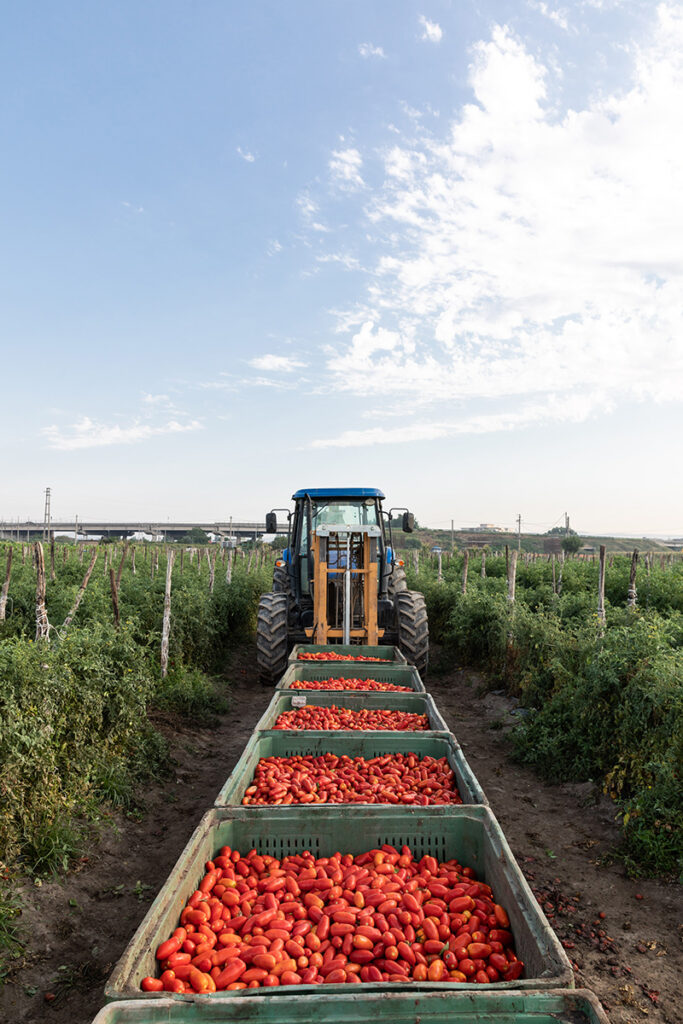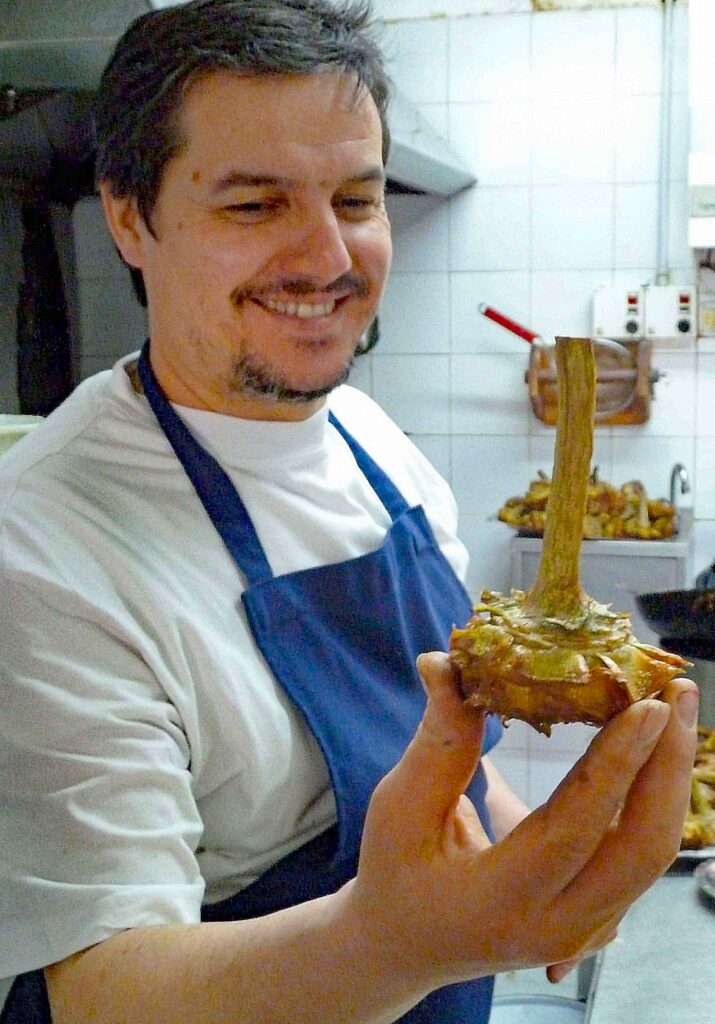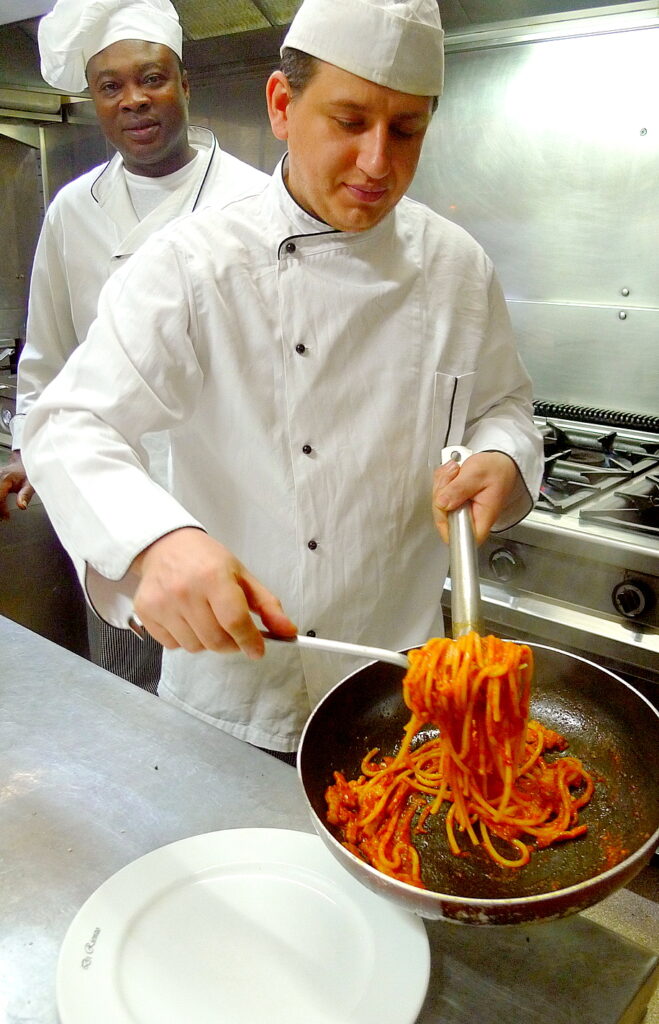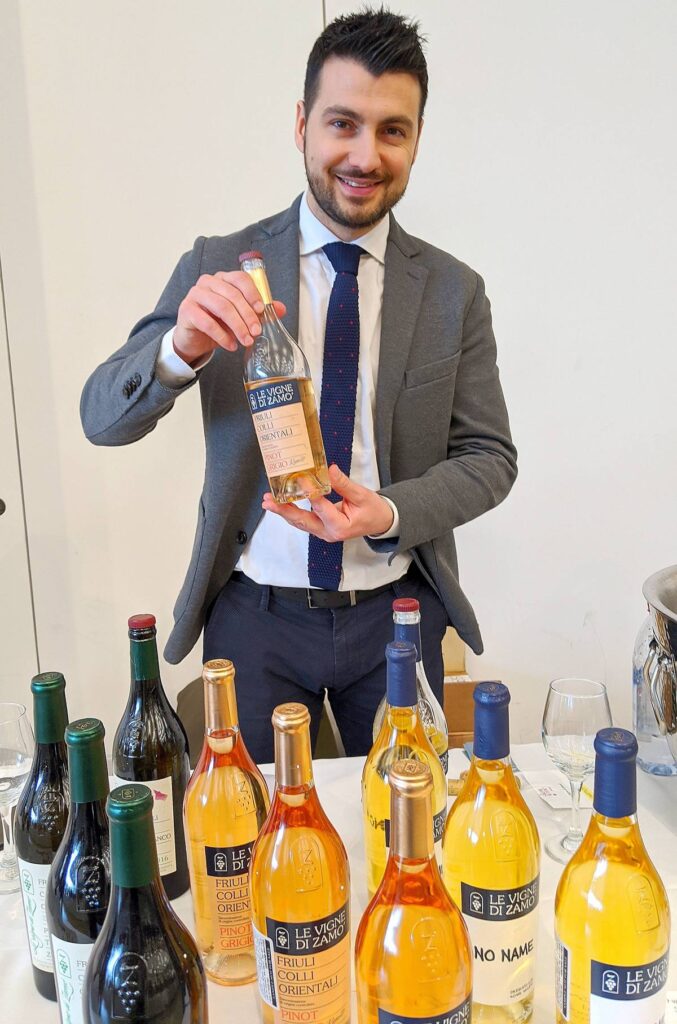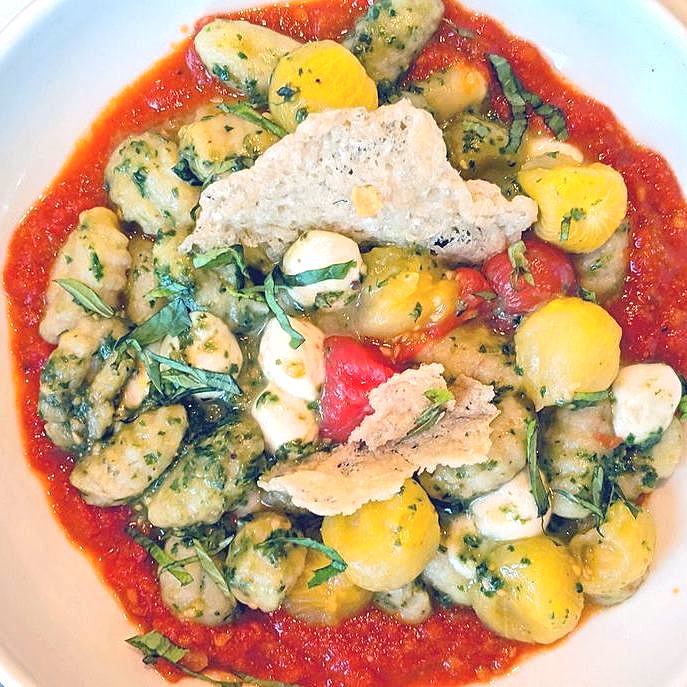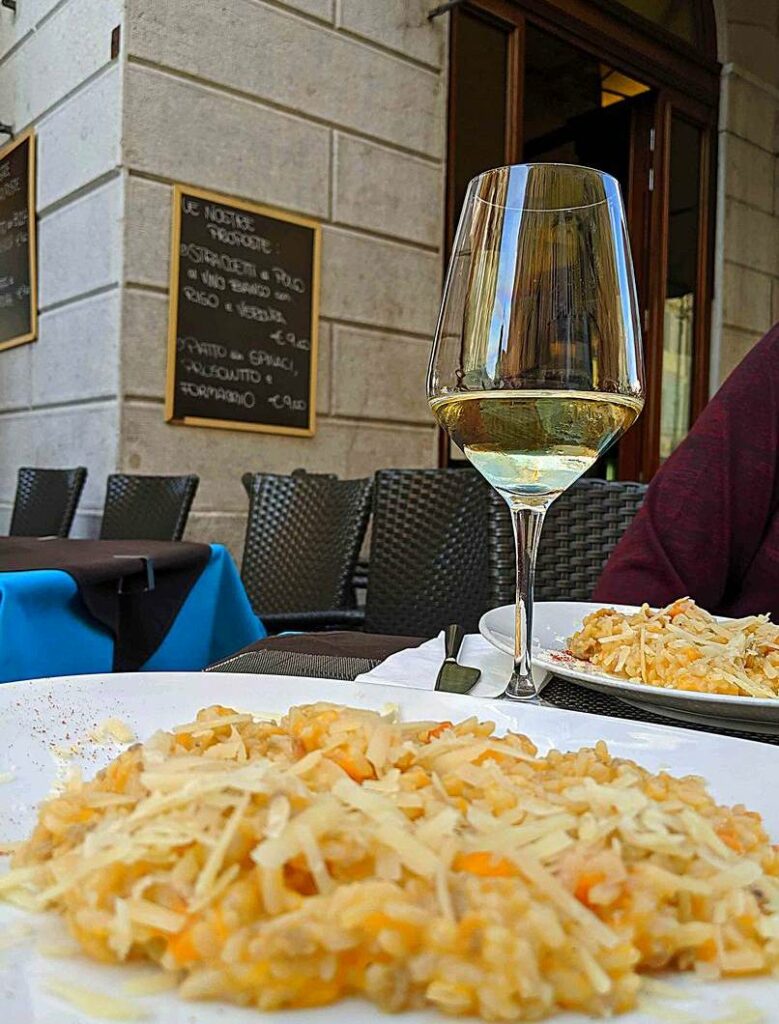
Town by town Italian cooking with Stanley Tucci
Like a lot of Americans, we're watching Stanley Tucci: Searching for Italy on CNN. It airs on Sunday nights, though we confess to watching it on a weekend afternoon, thanks to the magic of a DVR. Now that football season is over, it's our excuse to slack off for part of the day with the excuse that we're working, right? (This blog post is supposed to make us feel less guilty.) Tucci's schtick in the series is that food tells the story of place, and that each place is unique. We wrote something to that effect ourselves some years ago in the PBS series companion book, The Meaning of Food. Episode 1 was devoted to Naples (pizza), Ischia (rabbit in tomato sauce), and the Amalfi...Read More

